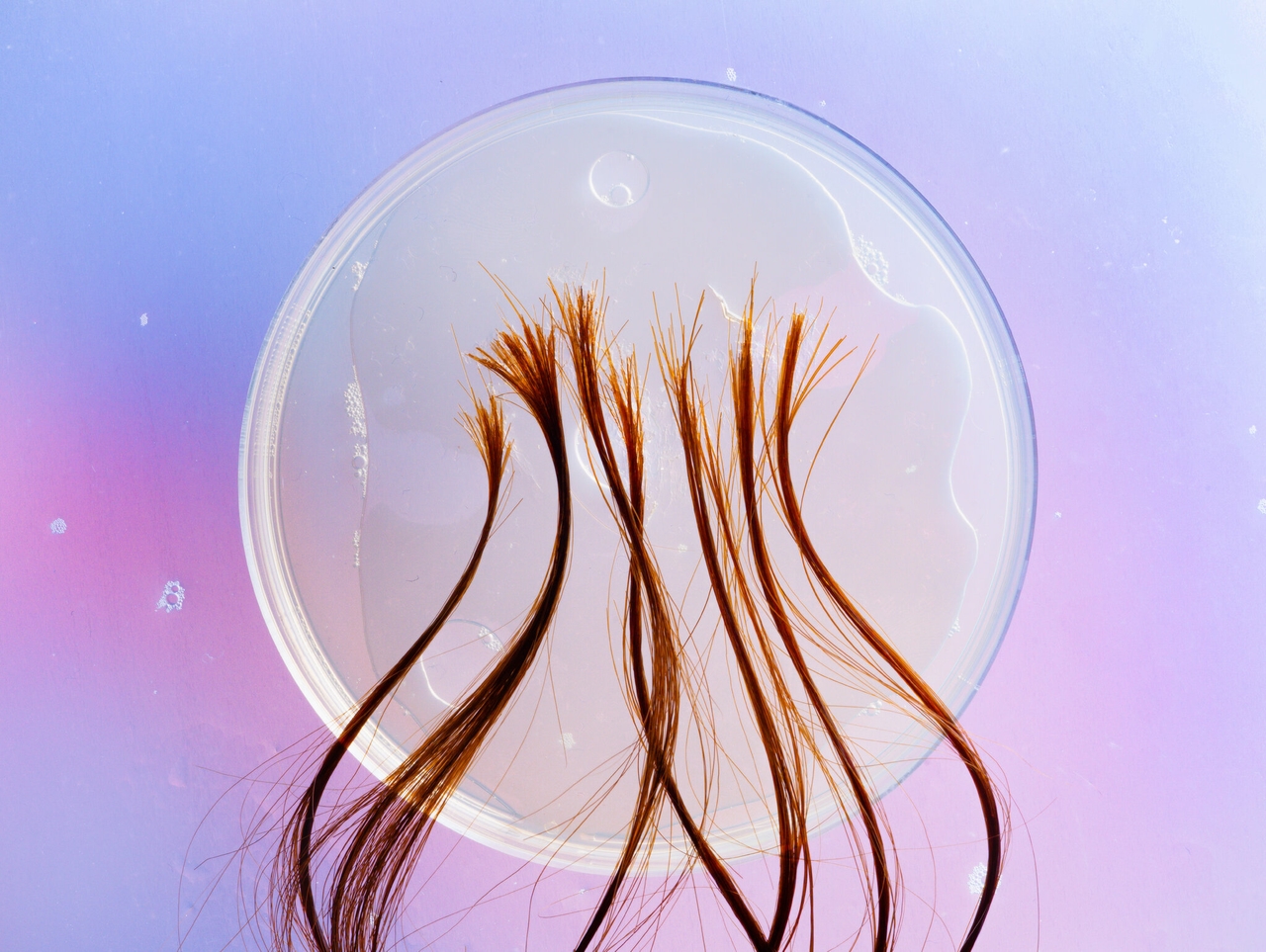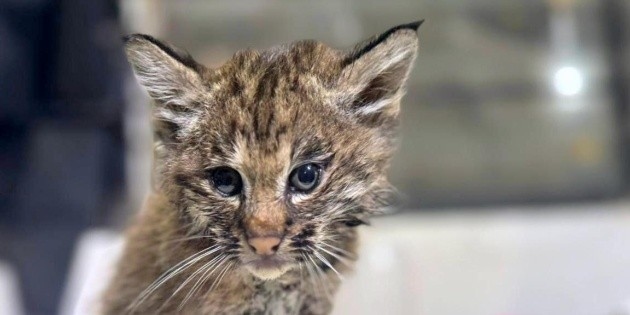What your hair can tell you about your health

Deeply personal yet subject to public scrutiny, hair straddles the line between biology and identity. Few attributes are as closely tied to culture, beauty, and expression as the strands that frame our faces and dot our skin.
You have about 100,000 hair follicles on your scalp and many more throughout your body, said Maksim Pliku s, a cell biologist at the University of California, Irvine .
Each one is like a 3D printer, he said, housing a growing strand of hair and the pigment that gives it its color.
These strands are made primarily of keratin , a tough protein also found in fingernails.
But they're much more than dead matter; hair is a marvel of biology, serving as a sensor for your brain and a repository of your body's secrets.
We asked the experts what everyone should know about hair.
Inside your hair follicles is a microbial zoo, teeming with bacteria, viruses and fungi, said Ralf Paus , a dermatologist at the University of Miami .
While you may have heard of the gut microbiome , you also have a hair microbiome , which crowds out harmful germs, reducing your risk of infection.
Microbes inside hair follicles may even help hair grow and improve its color , Paus said.
When you get scratches, cuts, or other minor wounds, hair also helps heal these wounds .
Specifically, your body mobilizes stem cells from inside the hair follicles to migrate to the wound and transform into new skin cells, Plikus said.
“When the wound heals, the stem cells return to their daily work of growing hair ,” he added.
Your hair follicles are like motion detectors for your brain, wrapped in nerve endings that fire at the slightest touch or breeze, said Angela Christiano , a molecular geneticist who studies hair disorders at Columbia .
For example, if an insect approaches your eyes, your eyelashes perceive it and, reflexively, activate a blink.
The hairs on your skin contain nerves that feed the emotional centers of your brain, so a gentle caress or someone stroking your hair can be pleasurable .
In contrast, plucking or waxing your eyebrows is quite painful, as you are pulling the hair from the follicle, while shaving is only mildly painful, as the hair is cut above the skin's surface.
Perhaps surprisingly, hair follicles also contain bitter smell and taste receptors that appear to influence hair growth, Paus said.
Early data suggests that certain fragrances appear to stimulate hair growth, while others may inhibit it, although more research is needed.
Hair follicles also recognize time. They have an internal clock, like the brain's , that helps hair grow, stop, rest, and fall out in a repeating cycle, said Luis Garza , a dermatologist at Johns Hopkins Medicine .
This is probably why hair tends to grow faster in the morning than in the afternoon (and why there is hardly any difference between shaving at night or the next day).
In the future, experts believe that a few hair samples may be all that's needed to monitor certain sleep disorders , since the clock genes inside the follicles are synchronized with your body's 24-hour clock.

Hair is the second fastest-growing tissue in the body. (Bone marrow is the first.) It can serve as an unofficial record of your health, said Antonella Tosti, a dermatologist at the University of Miami .
In fact, one centimeter of hair captures approximately a month's worth of biological data, so doctors can analyze hair to detect drug use, intoxication, chronic stress, and even medication adherence.
“Hair follicles are basically like little kidneys,” Paus said. “These hair follicles suck up toxic compounds and deposit them on your dead hair shaft.”
However, maintaining this growth rate requires a lot of energy, which is why rapid hair loss is often a sign of illness or stress, Christiano said.
Nutrient deficiencies, thyroid dysfunction, and high fevers can cause sudden hair loss , as can sudden weight loss, childbirth, and major surgery.
“When it happens, it can be very distressing for patients,” he added, but hair usually grows back within three to six months.
Some experts believe that when the body is sick or stressed, it shuts down less essential processes, such as hair growth and maintenance, to redirect nutrients and energy to other parts of the body.
Even so, some hair loss is inevitable: we lose between 50 and 100 strands a day.
Hair often starts out as peach fuzz when you're young, Plikus said, becoming longer, darker and thicker as you get older and then wiry, unruly and whiter with age.
“We take it for granted because we see it every day, but scientifically, hair is amazing, a true marvel of nature's engineering,” he added.
yucatan





